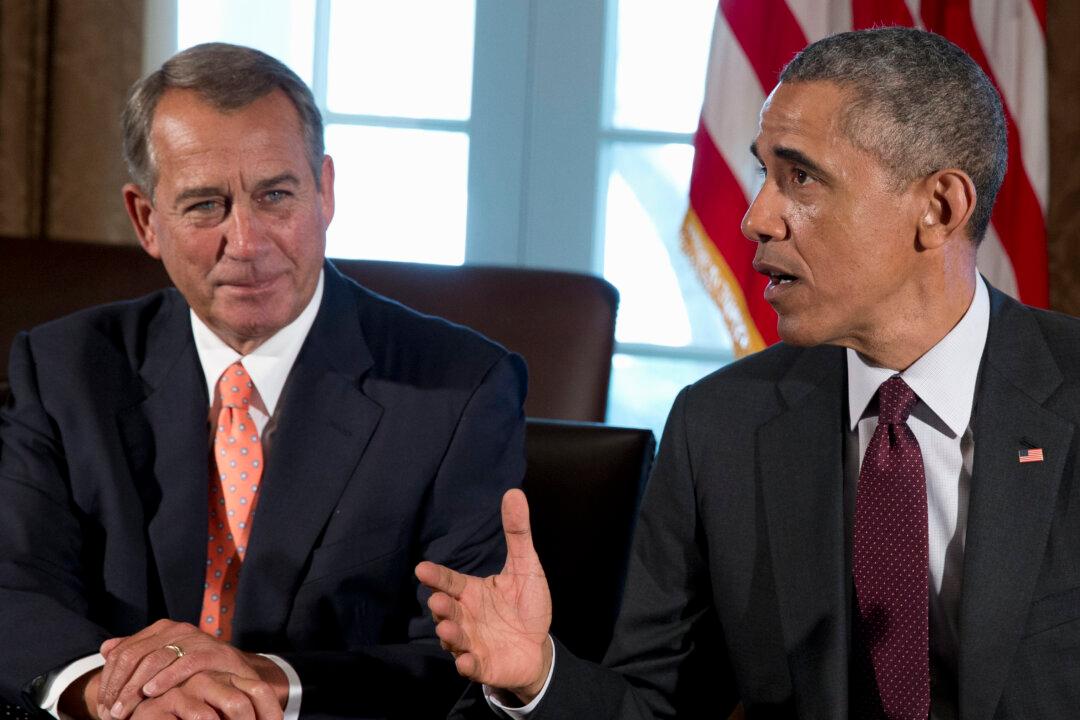WASHINGTON—President Barack Obama has vetoed just two measures in his six years in the White House, the fewest by any U.S. president since the 1880s. But since the Republicans have assumed control of both houses of Congress this month for the first time in his presidency, Obama has threatened to veto five more. Here’s a brief explanation of the president’s constitutional power to veto legislation and how Congress can respond:
THE ISSUES:
Legislation facing a White House veto if it successfully passes through Congress would:
- Force construction of the Keystone XL pipeline, which would carry Canada’s tar sands oil across the United States to refineries along the Gulf of Mexico.
- Change the definition of fulltime work from 30 hours to 40 hours per week under Obama’s federal health care program, meaning employers would be obligated to extend health care coverage to fewer employers.
- Roll back regulations on financial institutions put in place after the near-collapse of the U.S. economy in 2008.
- Roll back Obama’s executive action giving temporary relief from deportation to about 4 million immigrants in the country illegally, along with permits allowing them to work legally in the U.S.
- Blunt federal agencies’ ability to set regulations.
THE PRESIDENTIAL VETO:
The U.S. Constitution empowers the president to block legislation from becoming a law by refusing to sign it. The president has 10 days either to sign the bill into law or to send it back with an explanation of his veto. Congress may override a veto by bringing the measure to a new vote that passes with a two-thirds super-majority in both houses. Fewer than 5 percent of presidential vetoes have been overridden by Congress. Often the mere threat of a veto in advance of passage by Congress is enough to force a rewriting of the bill.
THE DOG NAMED VETO:
The first president, George Washington, exercised the first veto — of a measure that would have increased the number of seats for northern states in the House of Representatives. President Andrew Jackson later popularized them, most famously in 1832 as part of a series of moves to shut down the Bank of the United States. President James Garfield named his dog Veto, an unsubtle warning to Congress that was never carried out: He was assassinated in 1881 after serving just 200 days, and remains the last president never to issue a veto.
From The Associated Press
